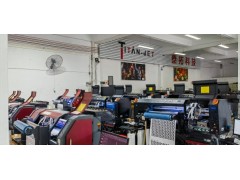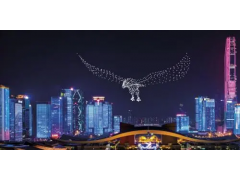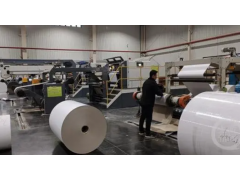UV light curing is used to cure or dryinks, coatings and adhesivesinprintingTraditionally, UV lamps are powered by mercury to generate heat, which then emits light. However, the availability of light-emitting diode (LED) powered lights offers an arguably greener alternative because the solutions convert electricity directly into light. UV LED solutions have many sustainability advantages. These come in the form of lower energy consumption, elimination of mercury and ozone production, no harmful solvents or VOCs, and fewer parts. When comparing conventional UV lamps with UV LEDs, two positive features stand out, namely waste and energy reduction, both of which have environmental benefits. 01 Pollution Prevention A major advantage of UV LED technology is that it does not contain mercury. "Because of the dangers of mercury, the world is moving away from using it in industrial processes. Conventional UV tubes contain mercury, but UV LED modules do not. Conventional UV lamps destroy mercury and leak it into the environment, but LEDs do not ,” shared Jonathan Foer, Commercial Leader, UV Division, AMS Spectroscopy, Baldwin Technology. Additionally, when conventional UV lamps are powerful enough to create an arc, they produce a harmful gas called ozone. "Ozone must be removed from the curing system to prevent harm to people working on the production line. LEDs do not generate ozone, which means less equipment is required to run LEDs and less potential for harm to humans and the environment ,” said Faure. "Studies have shown that replacing mercury lamps with UV LED lamps can reduce CO2 emissions by 20 tons per year per product in some applications. With UV LEDs, no fume extraction is required to remove harmful gases and ozone produced by mercury vapor UV lamps .Mercury poisoning can cause damage to the central nervous system, kidneys, and many other organs," explains Stacey Hogg, Marketing Communications Manager at Phoseon Technology. Waste can also be reduced by using UV LED lamps instead of mercury vapor UV lamps. “Traditional mercury arc lamps have a short lifespan and need to be replaced every 1,000-1,500 hours, creating a lot of bulb waste. With proper maintenance, UV LED curing lamps can last over 60,000 hours. Upgrading to UV LED technology eliminates these bulb replacements cost, providing significant environmental benefits by eliminating toxic mercury from entering the waste stream," she continued. Dipl.-Ing. Process Development Specialist Petra Berg points out that mercury is recovered and used in new processes. 02 energy saving In addition to the environmental benefits, the economic advantages are also reflected in energy savings. "In the traditional UV curing process, the enormous heat associated with mercury vapor UV lamps requires a lot of electricity to operate. UV LED technology can save up to 85 percent in energy compared to traditional mercury vapor UV lamps," said Hogg. Bob Grisenbeck, UV/LED product specialist for Baldwin Technology's AMS Spectral UV division, noted that LED systems are only powered on when needed and are immediately ready to cure, while traditional arc lamps are left on throughout production. , and require a warm-up period that initially slows production and reduces efficiency. Berger agrees, noting that since UV LEDs don't require a heating stage, they can be turned on and off in short cycles, saving energy. "Moreover, since each UV LED of the curing unit can be controlled individually, the irradiation area can be perfectly adjusted to the specific application," comments Berger. Jennifer Heathcote, Vice President of Business Development at GEW (EC) Limited, said: “LEDs have a long lifespan and the absence of traditional lamps, reflectors and shutter mechanisms, thus eliminating consumables and the subsequent manufacturing and shipping of these items. carbon footprint." Economic benefits are also realized. UV LEDs are a lower energy system, with light wavelengths concentrated in a smaller range. "Compared to standard mercury-arc UV, the system uses significantly less energy and generates much less heat, thus also affecting ambient heating and cooling systems in buildings," Gleason Baker explained. UV LED curing systems reduce total installed power and reduce energy consumption by up to 75% during operation. "It's great for a manufacturer's bottom line and directly impacts an organization's sustainability efforts," Heathcote said.
- 卖家服务
- For Buyers
- Help
-
Mobile

H5 Mobile
Faster mobile access

WeChat official account
Mobile phone sign in to win points

WeChat applet
Play with new mobile marketing
- English




